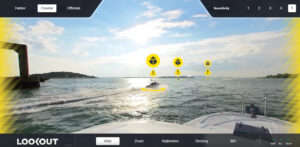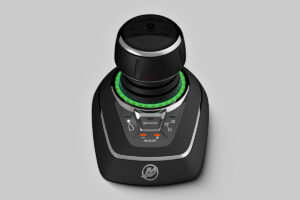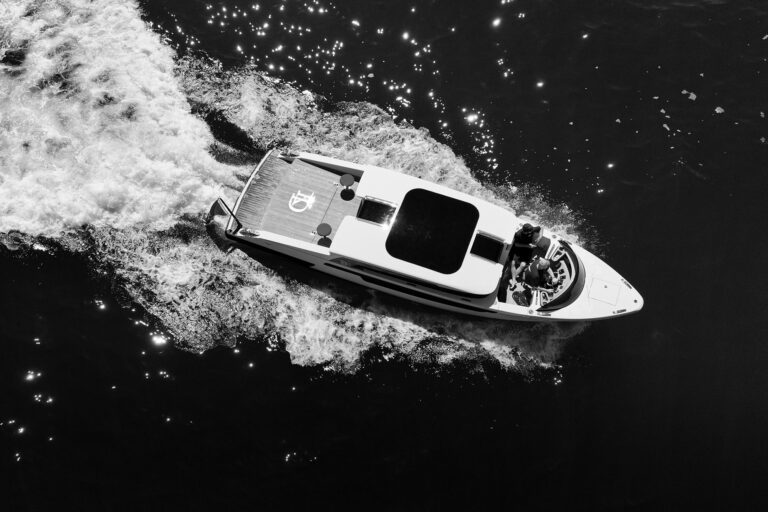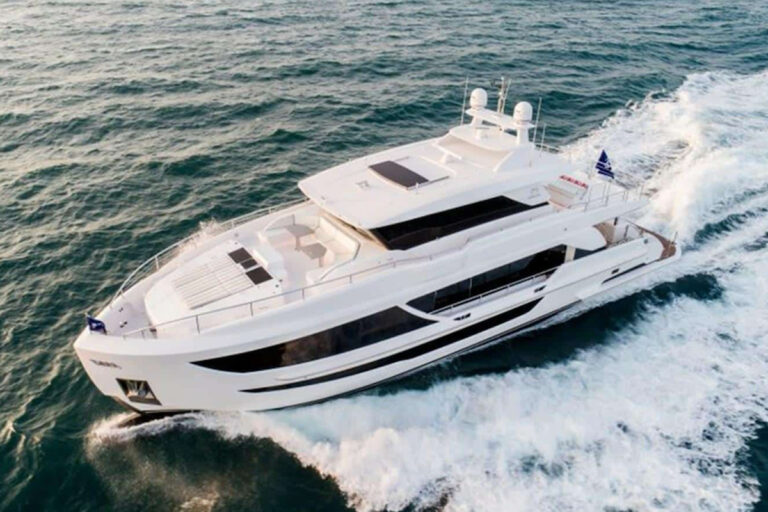
Infotainment
St. Louis-based TapTL LLC has created a line of interactive, transparent displays that function using a touch interface. These semicustom screens are designed to support Windows, OS X, Android and Linux platforms. They can accommodate signal input from a long menu of options that include Bluetooth, DisplayPort, HDMI, USB and Wi-Fi, giving users a huge amount of operational flexibility. Taptl’s new screens offer NEMA 6/IP65 environmental protection ratings, and they’re available in sizes ranging from a modest 15.6 inches to a luxurious 110 inches (prices range from $3,999 to $99,999). All taptl screens offer 1080p/4K resolution, and they can be used as a traditional stand-alone entertainment screen, as part of a networked navigation system, or — perhaps coolest of all — as part of a yacht’s nonstructural window installations.
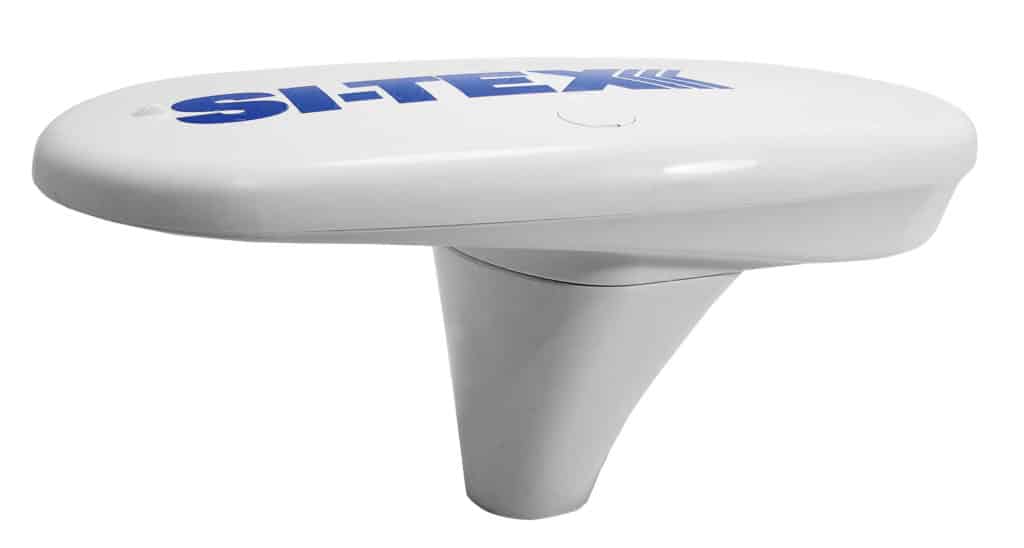
Tracking True
GPS compasses are faster and more accurate than traditional fluxgate and rate-sensor compasses. SI-Tex’s Vector 3D GPS Compass comes in two versions: the NMEA 2000-friendly “N” ($999) and the NMEA 0183-compatible “S” ($1,159), both of which deliver heading information to networked AIS, autopilot, radar and sonar, as well as heading, rate-of-turn, COG and SOG data to networked multifunction displays. The units also receive GPS updates 10 times per second.
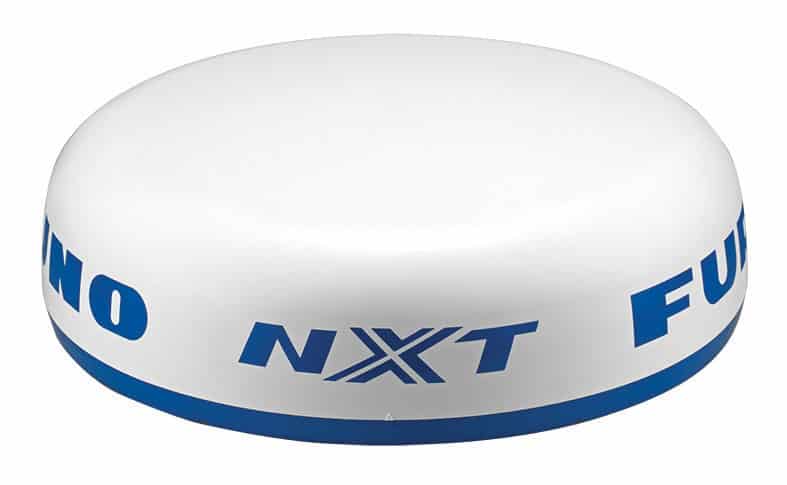
Full View
Furuno’s DRS4D-NXT solid-state radar harnesses Doppler technology, and this compact unit fits inside a 24-inch radome. It’s compatible with NavNet TZtouch and TZtouch2 multifunction displays. The DRS4D-NXT ($2,600) has a maximum range of 36 nautical miles and uses Furuno’s proprietary Doppler technology and Target Analyzer software to color-code targets. The DRS4D-NXT also sports Furuno’s latest Bird Mode, helping anglers find the fish.
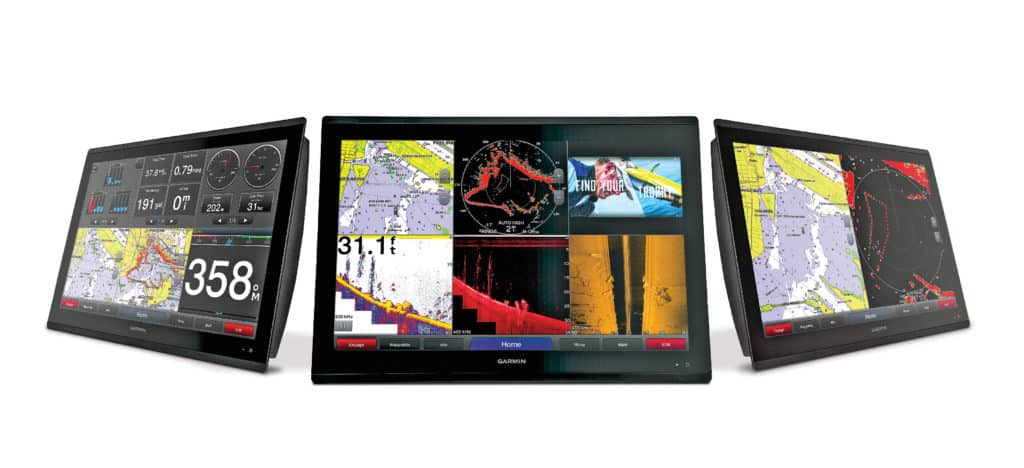
Seeing Is Believing
Bigger multifunction displays are better, especially for multiscreen views. Garmin‘s 8400/8600 MFDs have pinch-to-zoom, touchscreen-enabled, high-definition screens that accurately display colors, irrespective of viewing angle. Screens are 17, 22 or 24 inches and can be flush- or flat-mounted in a dash. These MFDs ($7,399 to $11,999) have the fastest processors Garmin has built into any MFD. The units have a 10-hertz GPS, an improved user interface and a menu of built-in sounders.
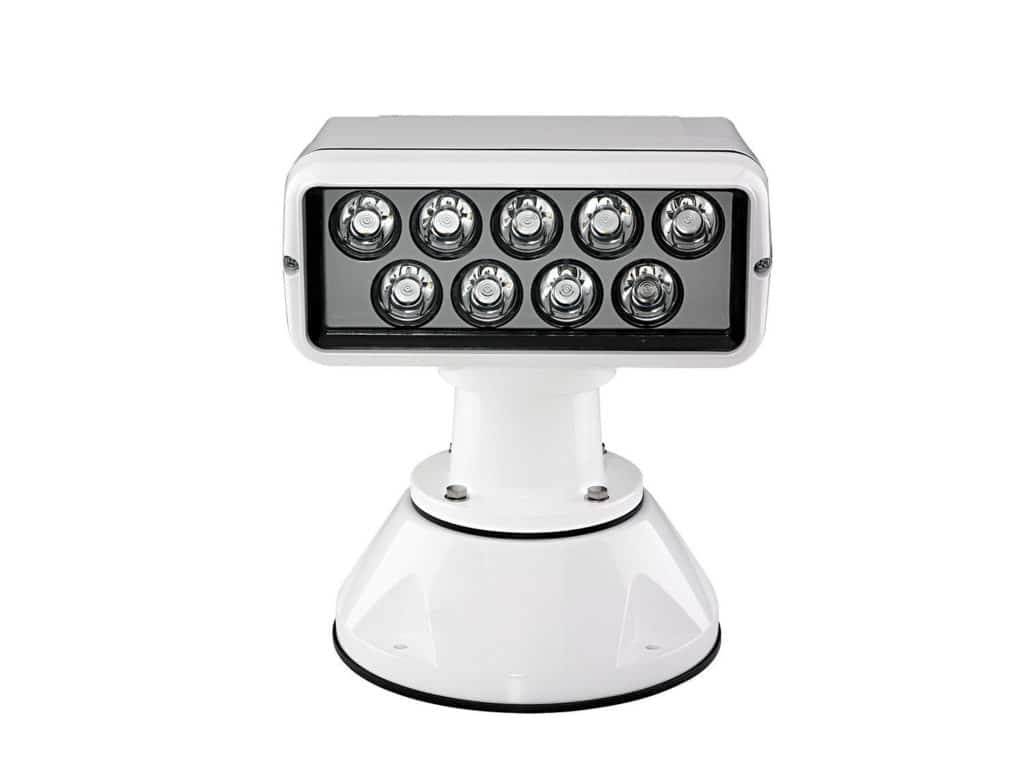
LED luminosity
Needles. Haystacks. Trying to find anything in a pitch-dark sea can be an exercise in frustration. ACR’s RCL-100 LED ($1,119) searchlight has a nine-LED array that kicks out 200,000 candelas of luminosity to help you find a missing buoy or negotiate a tricky harbor entrance. Mariners can control the spotlight via a traditional hard-wired installation or a wireless installation that relies on a Wi-Fi network, ACR’s app and a smartphone. The RCL-100 LED housing is marine-grade aluminum and has an internal elevation mechanism for accurate beam pitch control. The searchlight comes with ACR’s XRCiZ feature, which automatically moves the searchlight once every 30 days to ensure that all bearing surfaces are corrosion-free and all wiring contacts remain functional.
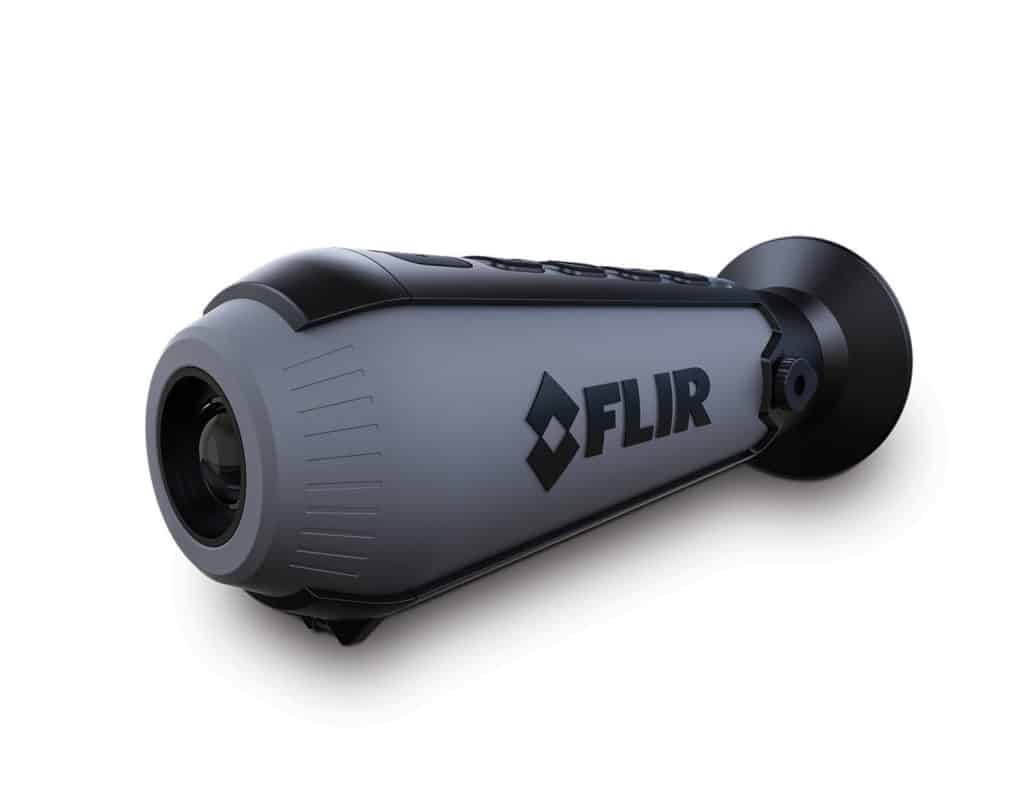
All-Seeing Eye
FLIR’s Ocean Scout TK ($599) is tender- and shore-bag ready. Much like bigger thermal-imaging cameras, this handheld can differentiate objects from their backgrounds (390 feet away, says FLIR) based on minute temperature differences, rather than visible light. The unit comes with IP67 weatherproofing protection,a five-hour lithium-ion battery and an easy-to-use, four-button user interface. Users can take and store still images and video too.
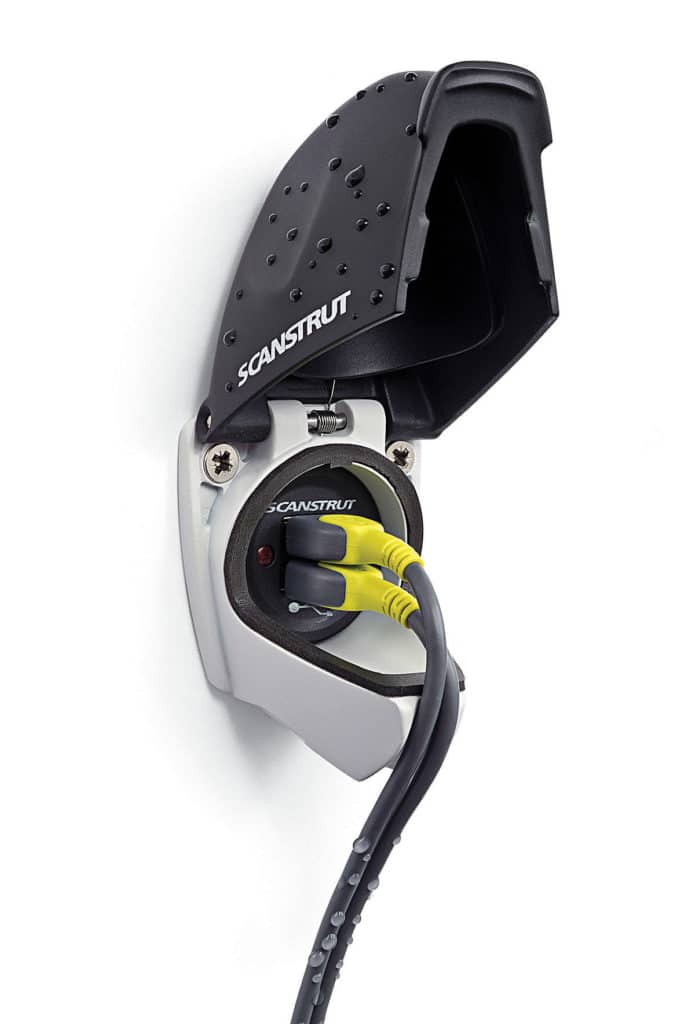
Weatherproof Charging
Cellular signals and battery power are must-haves nowadays, and it can be challenging to power some devices (including some fish finders and chart plotters), especially in wet places such as the cockpit of a sport-fishing boat. ScanStrut’s SC-USB-01 Waterproof Dual USB Charge Socket ($29) acts like a weatherproof case for the socket side of the charging equation. It provides IPX4 protection, irrespective of the number of cables that are plugged into its charging ports.
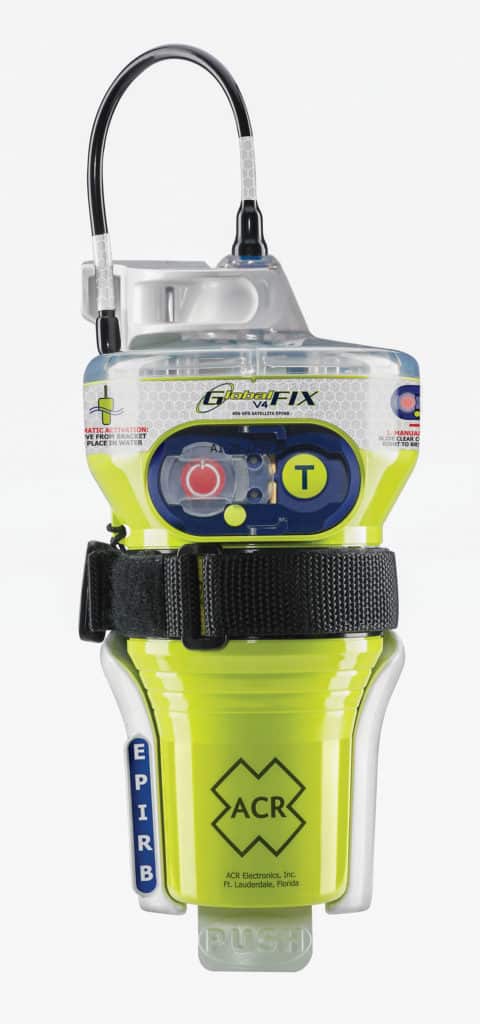
Fast Position Fix
Should onboard disaster strike, ACR’s GlobalFIX V4 EPIRB ($349) has an internal, 66-channel GPS receiver that secures its position fix and transmits it to the international Cospas-Sarsat search-and-rescue system’s satellites. (Should GPS data prove elusive, Cospas-Sarsat satellites can triangulate a beacon’s position.) GlobalFIX V4 EPIRBs also have a high-visibility strobe light and can transmit 121.5 MHz signals, which rescuers use for “final-mile” search.



